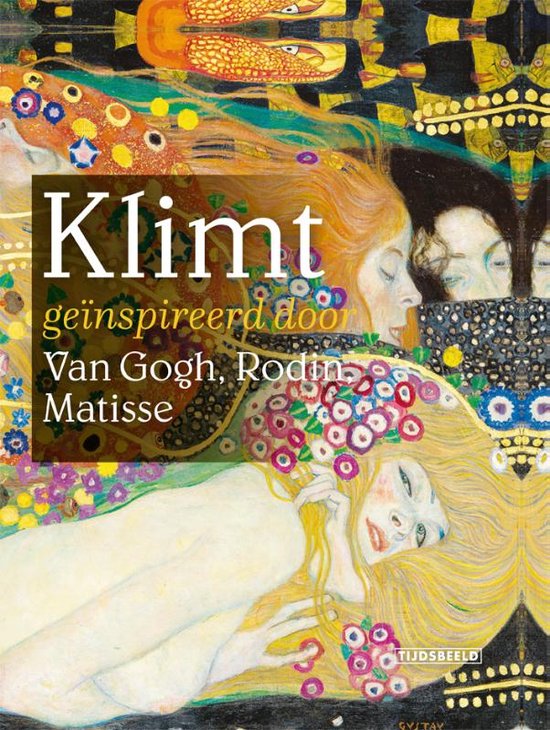
Daniel Richter
"As a politically thinking person, I am not a morally thinking person.”
While German painting of the postwar period essentially concerned itself with coming to terms with the past and presenting it in gestures ranging from the heroic to the ironic, Daniel Richter focuses on positioning himself in the present. Time and again he devises new ways of being “modern” in a medium that has long been labeled old-fashioned and anachronistic. His pictures constantly challenge the spectator by their painterly and contextually excessive demands, but they do not lecture on moral issues. In five chapters featuring more than 200 examples of his works, the author Eva Meyer-Hermann traces the chronological development of Richter’s artistic output for the first time. The turns from abstraction to figuration and back again that until now have been described as abrupt, prove on closer examination to be a logical consequence and a sign of conscious artistic action.
While German painting of the postwar period essentially concerned itself with coming to terms with the past and presenting it in gestures ranging from the heroic to the ironic, Daniel Richter focuses on positioning himself in the present. Time and again he devises new ways of being “modern” in a medium that has long been labeled old-fashioned and anachronistic. His pictures constantly challenge the spectator by their painterly and contextually excessive demands, but they do not lecture on moral issues. In five chapters featuring more than 200 examples of his works, the author Eva Meyer-Hermann traces the chronological development of Richter’s artistic output for the first time. The turns from abstraction to figuration and back again that until now have been described as abrupt, prove on closer examination to be a logical consequence and a sign of conscious artistic action.
| Auteur | | Eva Meyer-Hermann |
| Taal | | Engels |
| Type | | Hardcover |
| Categorie | | Kunst & Fotografie |





